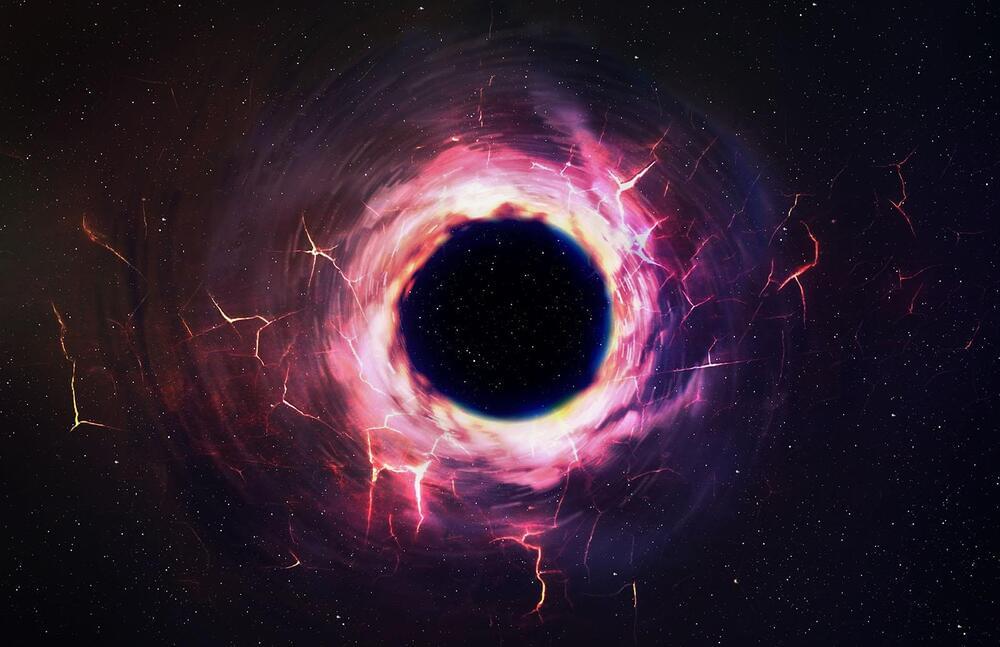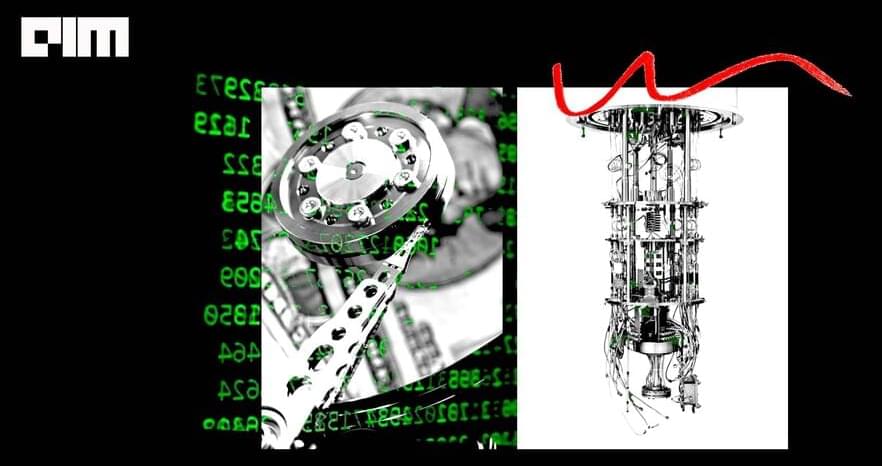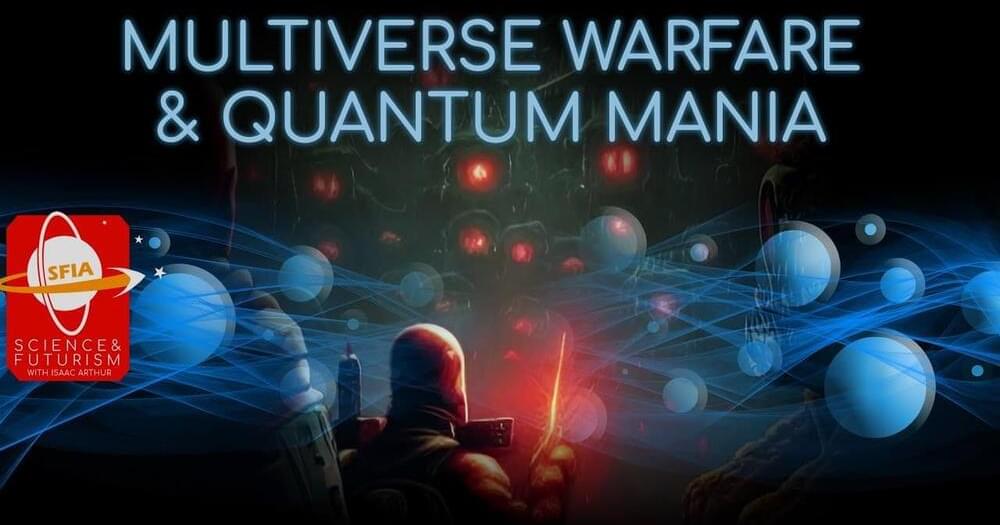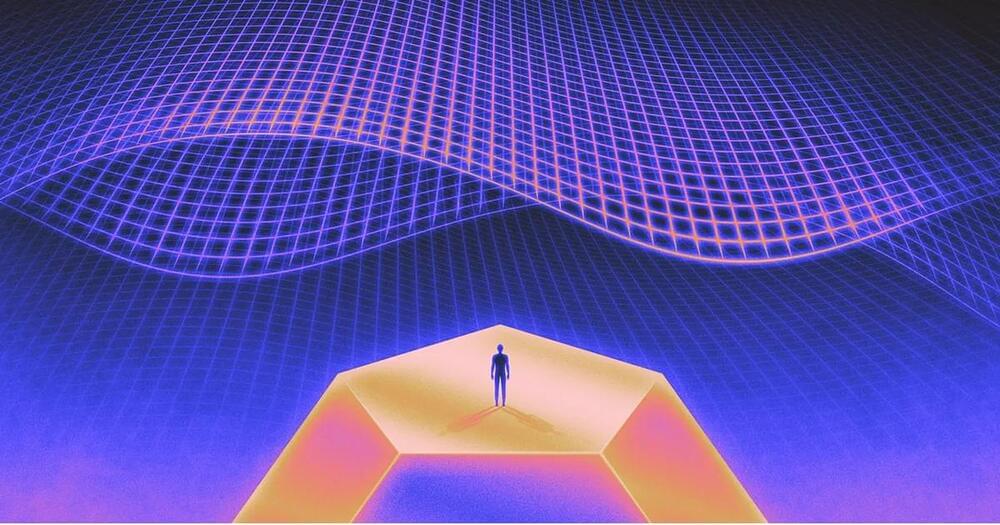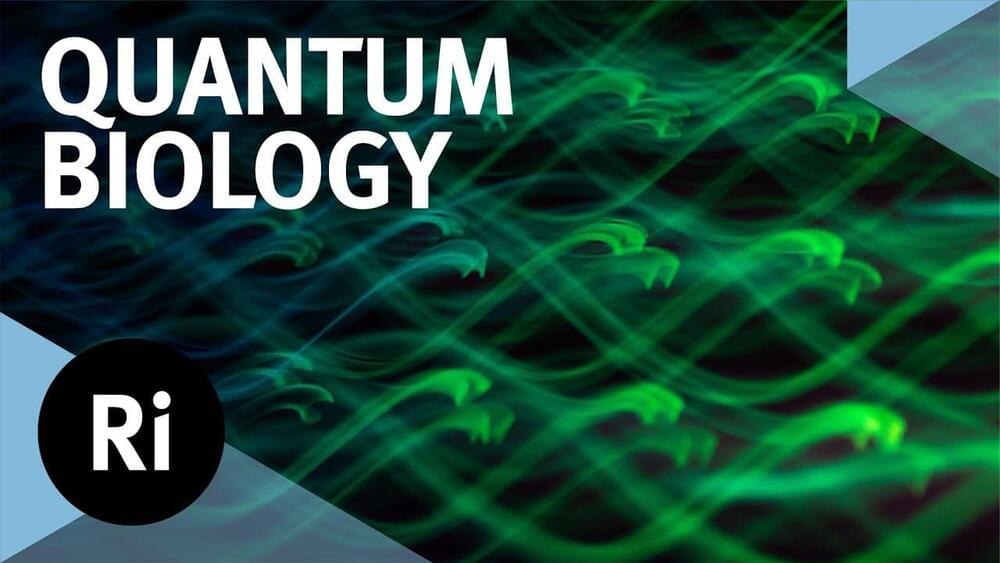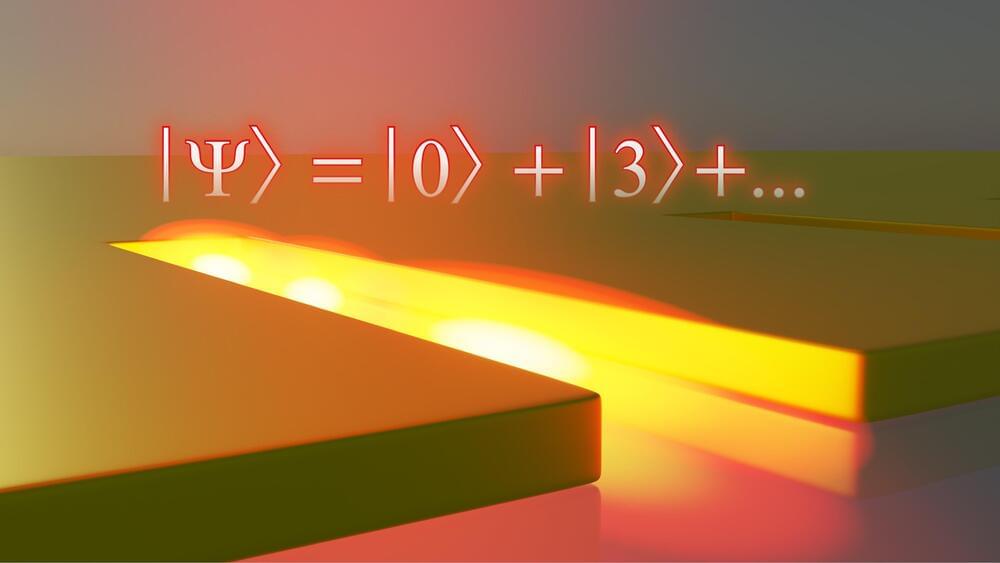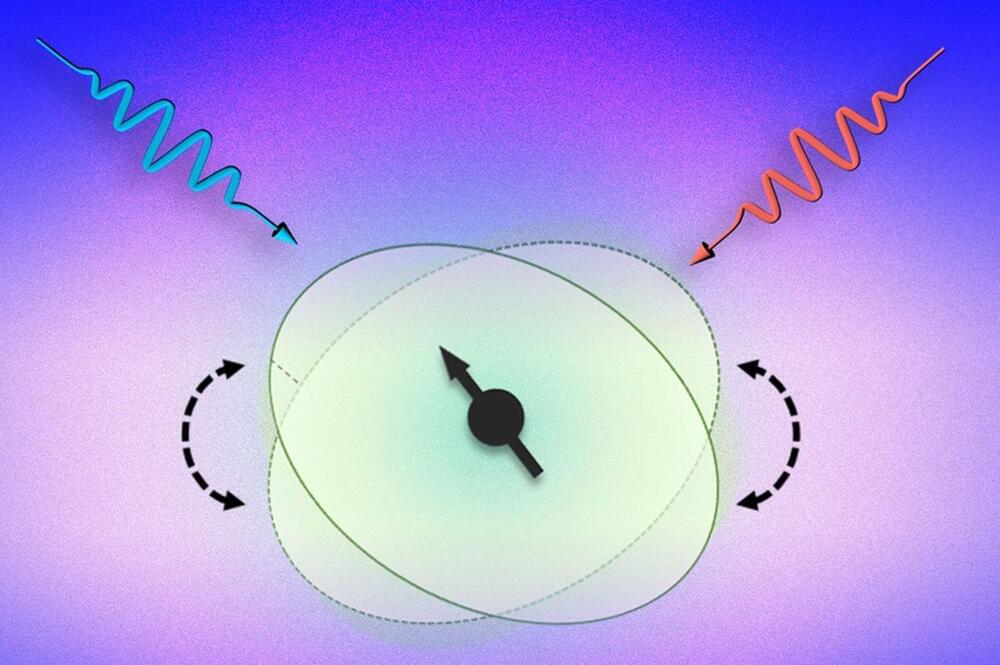Feb 18, 2023
Researchers think alien civilizations might be creating black holes to store quantum data
Posted by Paul Battista in categories: alien life, computing, existential risks, quantum physics
A new paper has proposed an absolutely wild idea. What if aliens are creating black holes to use as quantum storage? It sounds crazy, but some scientists say it could give us a solution to the Fermi Paradox, which essentially states that if life is common in our universe, why have we not found evidence of it beyond Earth?
This paradox has caused quite a few ripples throughout the scientific community, especially within parts that believe alien life is out there, just waiting to be discovered. The new paper has yet to be peer-reviewed, but it was created by a team of German and Georgian scientists who say we may be looking in the wrong direction in our search for alien life.
Currently, we rely on radio signals to search for signs of life out in the universe. But, these researchers suggest that we should instead approach black holes as if alien civilizations created them as massive quantum computers to store data in. As such, we should be looking for technosignatures emanating from megastructures like pulsars, white dwarf stars, and black holes.
